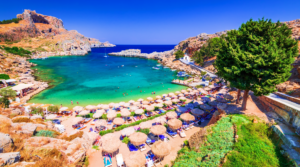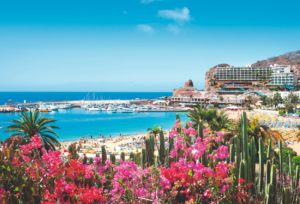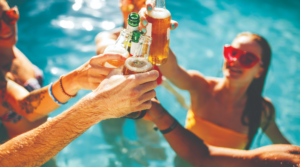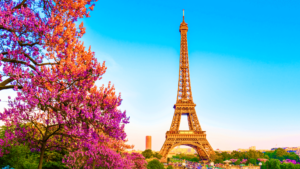Cuba has long been a place of great curiosity for travellers, with its crumbling buildings, antiquated automobiles and politically-charged atmosphere. A thriving contemporary art scene has enjoyed a not-so-quiet revolution in recent years though, providing another reason to visit this fascinating country.
Art and politics seem inseparably intertwined in Cuba, where artists continually struggle against censorship. Antonio Guerrero and Gerardo Hernández caused a storm in 2001, when as members of ‘the Miami Five’, they were jailed in the USA on suspicion of carrying out acts of politically motivated sabotage. But that didn’t stop them being featured in a major international showcase that arrived in London in 2012.
Enrique Baster has also felt the hand of censorship, with much of his output focussed on protest and revolutionary imagery. One piece, commenting on Fidel Castro’s ban of Cubans staying in hotels, pictures the Hotel Nacional enmeshed in an impossibly dense tangle of forest and traffic lights.
Cuba is a notoriously difficult country to emigrate from, and themes of migration and exile are clearly evident in the work of Esterio Segura, whose piece ‘Goodbye My Love’ features huge red planes adorned with cartoon hearts suspended from the rafters of Havana Airport.
Installation and performance artist Tania Bruguera blurs the line between activism and art further. Her 1998 work The Burden of Guilt saw her standing naked with a lamb carcass around her neck, eating soil and salt water for 45 minutes in tribute to indigenous Cubans who ate dirt in defiance of invading Spanish conquistadors. Even more controversial was her 1999 performance, when she told the audience that they could say whatever they liked for one minute.
Another rising star whose work is in high demand among art dealers is conceptual sculptor Yoan Capote. For Nostalgia, he famously built a surrealist brick wall inside a suitcase, while another piece saw him weaving a seascape from thousands of bloodied fishhooks.
With limited opportunities to exhibit in galleries, many leading artists head overseas, but every other year the Havana Biennal provides a place to see Cuba’s art scene at its best. It’s run by the Wilfredo Lam Center(named after the late artist often called the ‘Cuban Picasso’)and is next staged in May 2015, when for the first time exhibits will be dispersed in sites across the city.
The Biennal’s highlights include Salvador Gonzales’ Callejon de Hamel, where a Havana alleyway has been transformed into a community art installation bursting with vibrant African influences and the work of Juan Carlos Alom, an experimental photographer and filmmaker, who’s known for blending magic realism with religion and street culture to startling effect. Another Havana art mecca worth checking out is the Fototeca di Cuba, home to a vast and varied photography collection of 14,000 items.
Although you may find it easier to see the work of Cuba’s art elite in other countries, keep an enquiring eye open in Havana’s small galleries and workshops on your next adventure to Cuba – who knows who or what you might discover?
You may also like
cuba holidaysCuban art scene





